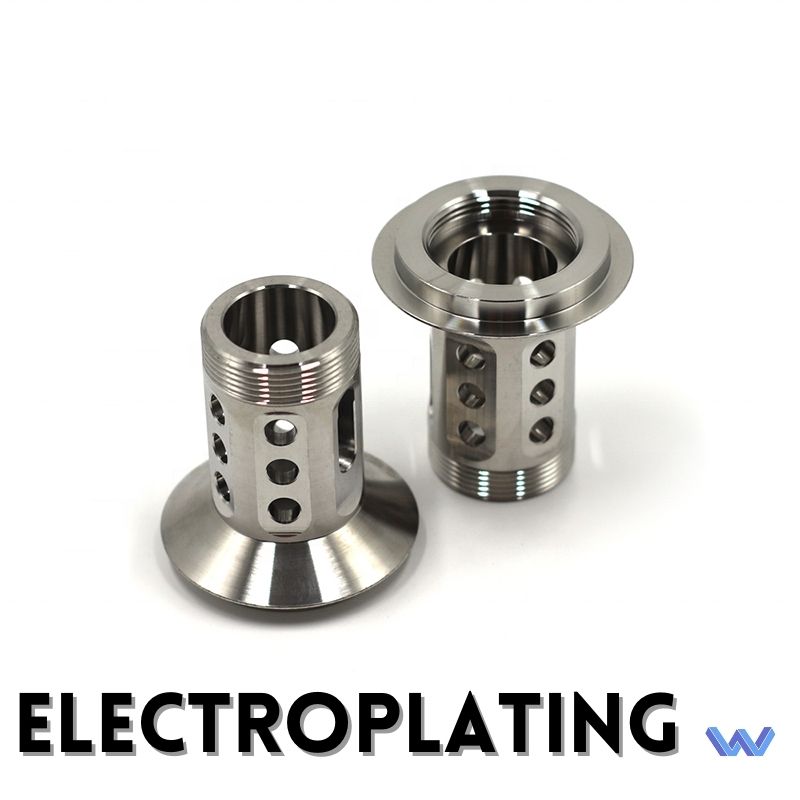Electroplating is a process used to apply a thin layer of metal coating onto a substrate using an electrochemical reaction. The process involves immersing the substrate (also known as the workpiece) in a solution containing ions of the desired coating metal, called the electrolyte. The workpiece is then connected to a source of electrical current, known as the cathode. An anode made of the coating metal is also immersed in the electrolyte and connected to the opposite end of the electrical current source.
When the current is applied, the metal ions from the electrolyte are attracted to the negatively charged workpiece (cathode) and are deposited onto its surface, forming a thin layer of metal coating. This process can be used to coat a variety of materials, including metals, plastics, and ceramics, with a wide range of metals, such as gold, silver, nickel, copper, and zinc.
Electroplating is widely used in various industries, including automotive, aerospace, electronics, and jewelry making, among others. It can provide a range of benefits, including improved corrosion resistance, enhanced wear resistance, increased hardness, and improved appearance.
However, electroplating requires careful control of the process parameters, such as temperature, current density, and electrolyte composition, to ensure that the resulting coating has the desired properties and adheres well to the substrate. Additionally, the process can generate waste products, such as spent electrolytes and metal sludge, which must be properly managed to minimize environmental impacts.
Overall, electroplating is a valuable tool for achieving precise and uniform surface coatings on a wide range of materials and is a widely used technique in modern manufacturing and CNC machining.


